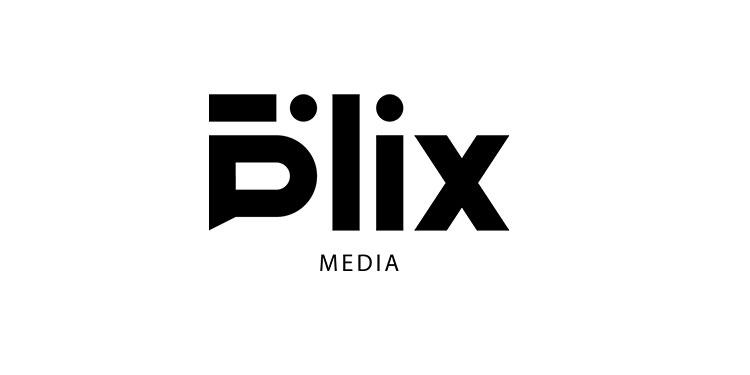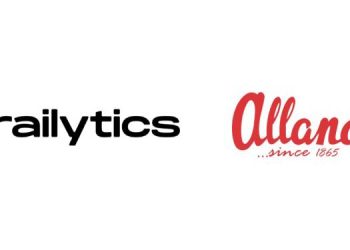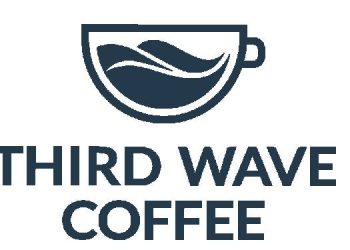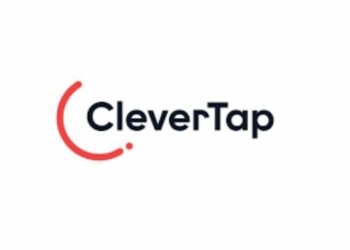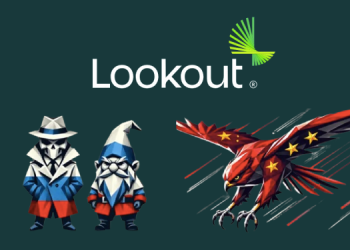IPLIX Media, one of the fastest-growing influencer marketing and talent management agencies in India, today released insights from an independent survey on influencer sentiment post-release of ASCI guidelines 2021. The pan India survey that included metros and tier 1, 2, and 3 cities across 200+ influencers revealed that ~89.5% of influencers witnessed a dip in engagement on their content since ASCI guidelines went live. However, over 56.7% of respondents (influencers) said that they found the ASCI guidelines to be helpful and 35.3% admitted that it needs more structure and transparency. 43.3% of influencers were unsure about the penalties or the repercussions they may face for not adhering to the guidelines further indicating the need for more clarity.
Interestingly, when it came to brand associations, 34.3% of influencers rated ‘relevance’ at the top with consistency closely following behind. With a more aware audience set, content creators are generating the content, even branded, that sticks, builds loyalty, and represents their true self. Before ASCI guidelines, 48.3% of influencers revealed that only 10% of brands they worked with opted to tag content as sponsored.
On the survey that drove insights from micro, macro, and nano influencers across the country, Neel Gogia, Co-founder of IPLIX Media LLP, said, “ASCI guidelines are a welcome step forward in introducing transparency and authenticity across the content creation ecosystem. However, there were certain aspects on which more clarity was required. The insights from the survey clearly reveal demand for a structured approach to put this into motion and a better understanding of the penalties.”
Sharing her insights, Social satirist Saloni Gaur, said, “I agree with the fact that ASCI guidelines are still not clear to many of us. But, from an audience’s point of view, I feel it’s a good step although I would say the audience these days is smart enough to figure out what’s sponsored and what’s not even before adding a paid partnership tag. So, I would say this is just one extra layer and yes it definitely adds more transparency. As for the revenue part, I certainly thought that some brands would not undertake associations because they don’t want the paid partnership tag on our posts, but I’m glad to say they have adapted really well to these guidelines. In addition to this, I also thought that this will reduce the engagement significantly as people tend to leave the video as soon as they hear any brand name, but this hasn’t been the case for me.
To conclude I would like to say, if you put in a little effort and try to make your sponsored content more engaging then people will certainly watch it. I feel like what they don’t want to see is those completely sell out branded posts so if we avoid those we’re still good.”
On the survey findings, Manager & Partner BB Ki Vines- Rohit Raj, said, “I believe that guidelines are necessary to bring in more structure to the content creation and monetization ecosystem. However, having worked with some of the top creators in the industry, I believe that we need to approach this in phases. This will help iron out the creases and create a more holistic approach.”
When it comes to content format, in 2020, both long-format and short-format garnered engagement for creators with the latter slowly taking lead. In terms of content categories – Fashion & Beauty (54.2%), Comedy (20.9%) & Travel (18.9%) are the top 3 categories of the respondents. The majority of these influencers are creating somewhere between 20-40% of branded content.
Led by Neel Gogia, Co-founder, IPLIX Media LLP, the agency has witnessed a 400% growth in revenue in the last financial year. The firm’s success can be attributed to two primary areas of focus, firstly, building a creator’s brand that goes beyond social numbers and deals. Secondly, enabling brands to identify the right creator basis metrics which are beyond superficial information like a blue tick or million followers.

